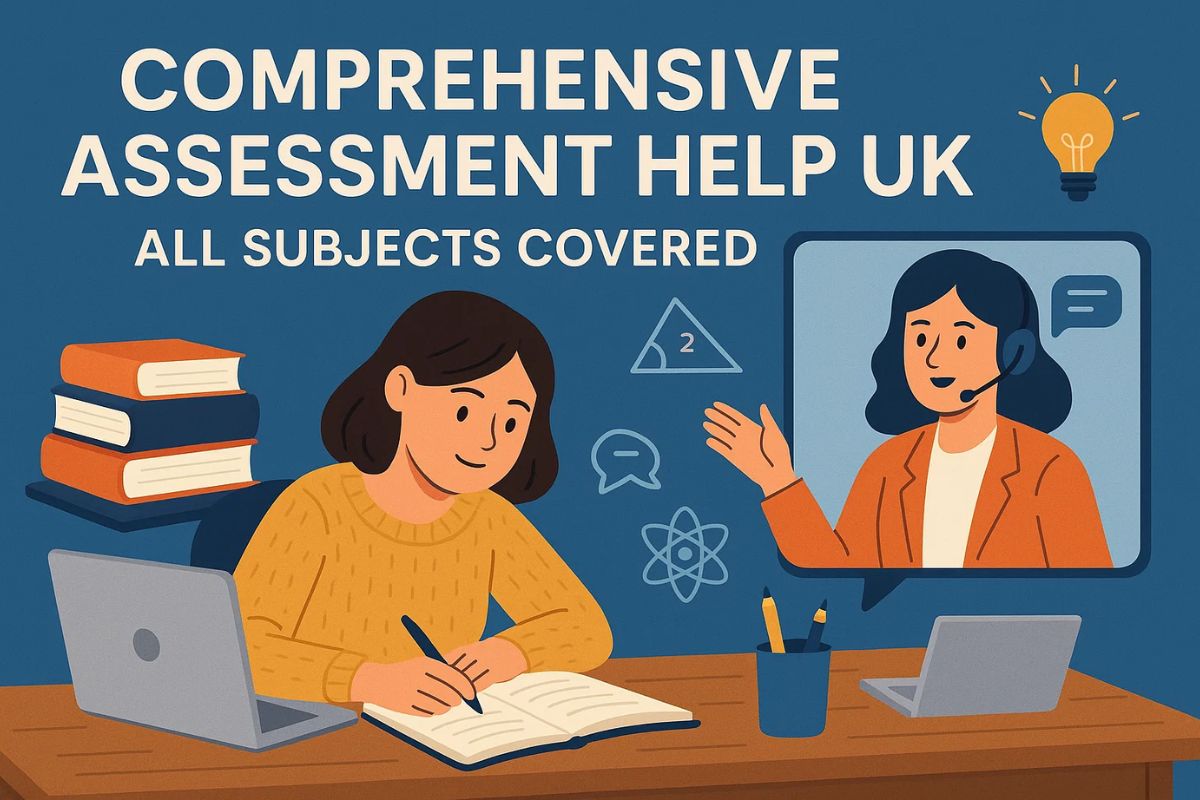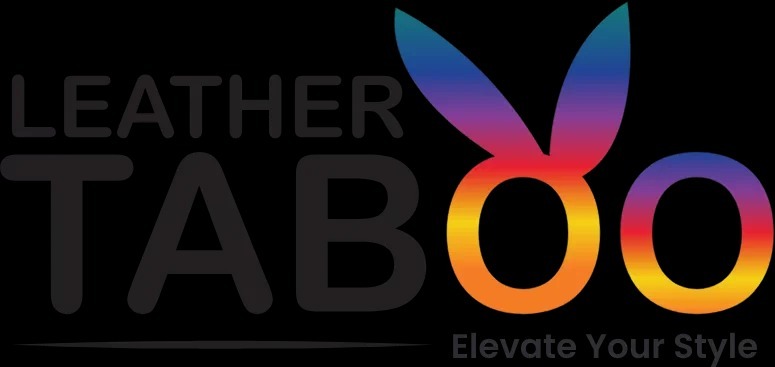
From Passive Reader to Active Contributor: Writing Effective Discussion Posts in Academia
- Marsha Kaplan
- Education
- 2025-09-04 03:06:29
- 635K
Online education has transformed how students interact with one another and their instructors. At the heart of this transformation are academic discussion boards—digital spaces where ideas are shared, theories are debated, and perspectives are exchanged. Yet not all students approach these forums with the same level of engagement. Many start out as passive readers, quietly observing the conversations without contributing much themselves. To thrive in an academic environment, however, students must shift from passive consumers of knowledge to active participants who add value to the discussion. This journey from reader to contributor requires intentional effort, clear communication, and an understanding of how to craft effective posts.
Why Participation Matters in Academic Discussions
The true purpose of discussion boards goes beyond fulfilling a course requirement. These posts are designed to cultivate intellectual curiosity and create a space where students learn not only from the instructor but also from one another. By contributing, students clarify their own understanding, test their interpretations of course material, and strengthen critical thinking skills.
Passive reading can provide exposure to others’ ideas, but it does not deepen comprehension in the same way that writing does. Active participation, on the other hand, forces a learner to organize thoughts, cite evidence, and present arguments in a coherent manner. In this process, abstract concepts are solidified, and theoretical insights become practical understanding. This is why professors consistently encourage students to move beyond simply reading and toward active contribution.
Crafting Original Posts That Spark Dialogue
The foundation of effective participation lies in creating original posts that do more than summarize textbook chapters or lecture notes. A successful discussion post should introduce an idea or perspective that invites peers to think critically. This begins with grounding the response in course material, but it must also go further by connecting concepts to real-world experiences, personal insights, or current events.
One of the challenges students face is finding the right balance between academic rigor and conversational tone. A post that is too formal may feel intimidating to peers, while one that is too casual may lack credibility. The key is to strike a middle ground: professional yet approachable.
Clarity and organization also play an important role. A well-structured post should open with a central idea, provide evidence or examples to support it, and conclude with an open-ended question that encourages replies. Too often, students fall into the trap of asking yes-or-no questions, which cut conversations short. Instead, framing questions that begin with “how” or “why” creates opportunities for richer dialogue.
For students who feel overwhelmed by the writing process, the temptation to search phrases like write my discussion post for me is real. While external guidance can sometimes provide direction, the best growth occurs when learners push themselves to engage directly with the material.
Building Insightful and Respectful Peer Responses
Initial posts are only half the equation. The real test of engagement comes in how students respond to one another. Many learners limit themselves to surface-level replies such as “Great point” or “I agree with this.” While these may be polite, they add little to the conversation. The goal should always be to expand on ideas, question assumptions, or provide alternative perspectives in a respectful manner.
For example, if a peer argues that group projects always lead to deeper learning, an impactful response might acknowledge the benefits but also highlight potential drawbacks such as unequal participation. This not only adds nuance to the conversation but also invites further discussion.
Respectful disagreement is an especially important skill to cultivate. Academic spaces thrive when diverse viewpoints are expressed openly, but tone determines whether debates are constructive or confrontational. Students should aim to challenge ideas, not people. A thoughtful critique framed around evidence and reasoning can elevate the quality of the entire thread.
Students who consistently respond in this way quickly gain recognition from instructors and peers alike. They transform from silent readers to respected contributors whose voices help shape the direction of the discussion.
Time Management and Consistency
One of the reasons some learners remain passive in academic forums is poor time management. Waiting until the last minute to contribute often results in rushed posts that fail to meet the mark. Worse, it can mean missing opportunities to respond to peers before the thread closes.
Consistency is key. Setting aside specific times each week to engage with discussion boards ensures that contributions are thoughtful and timely. Drafting posts early also leaves room for revision, making the final product more polished. Students who develop this habit not only improve their discussion posts but also reduce the stress that comes from looming deadlines.
It is also important to avoid over-reliance on outside assistance. While paper writing services may seem like an attractive shortcut, particularly during busy semesters, they cannot replicate the authentic voice and personal perspective that academic discussions demand. A student’s growth comes from wrestling with ideas themselves, even if the writing process feels challenging at first.
From Engagement to Empowerment
The shift from passive reader to active contributor is not just about meeting course requirements—it is about empowerment. When students take ownership of their contributions, they begin to see themselves as equal participants in the academic community. They recognize that their voice matters and that their perspective can enrich the learning of others.
This empowerment extends beyond the classroom. The ability to articulate thoughts clearly, respond respectfully to differing opinions, and contribute meaningfully to conversations is a lifelong skill. Whether in professional settings, community forums, or collaborative projects, the same principles apply. Those who practice engagement in academic settings are better prepared to thrive in environments where communication and collaboration are essential.
Conclusion
Academic discussion boards offer more than a platform for participation; they provide a training ground for developing critical communication and reasoning skills. Remaining a passive reader may feel safe, but it limits both learning and growth. By contributing original posts, responding insightful to peers, managing time effectively, and embracing respectful dialogue, students transform themselves into active participants.
The temptation to look for shortcuts like write my discussion post for me or to lean heavily on paper writing services is understandable, especially when deadlines pile up. But true academic and personal development comes from direct engagement. Every discussion post is a chance to strengthen not just grades but also confidence, voice, and the ability to contribute meaningfully to collective knowledge.
The journey from reader to contributor may require effort, but the rewards are significant. Students who embrace this process do more than complete assignments—they become active shapers of academic conversations and, ultimately, empowered thinkers ready for the challenges beyond the classroom.










